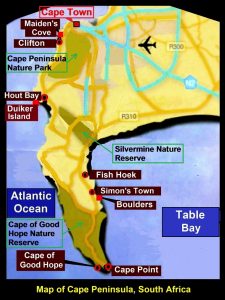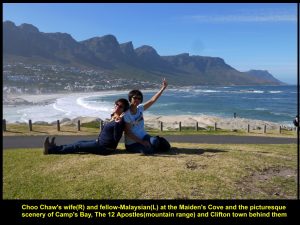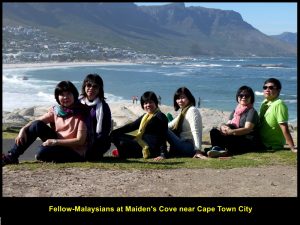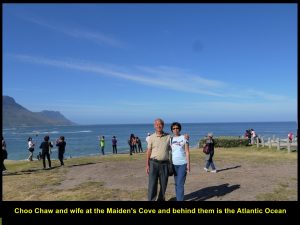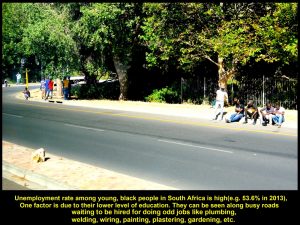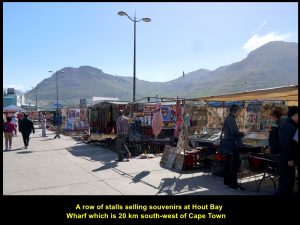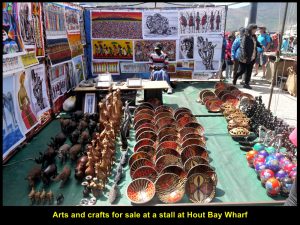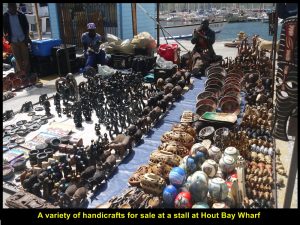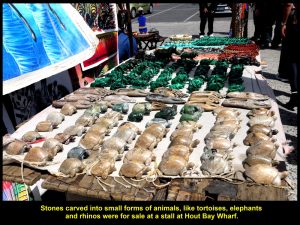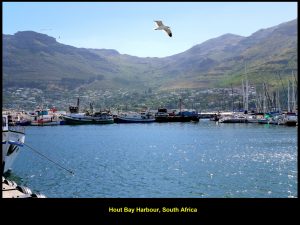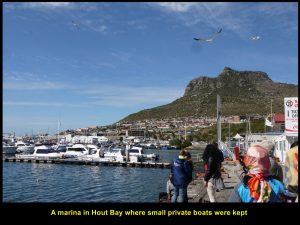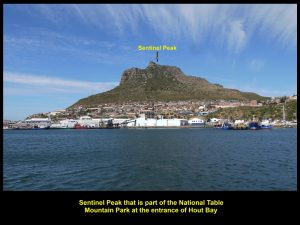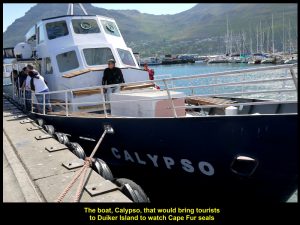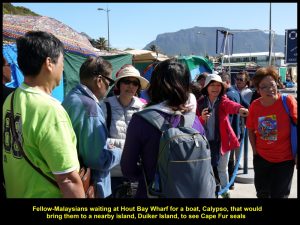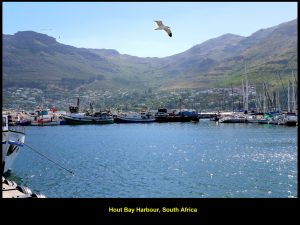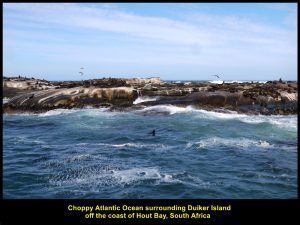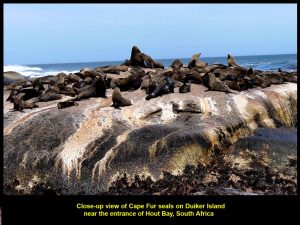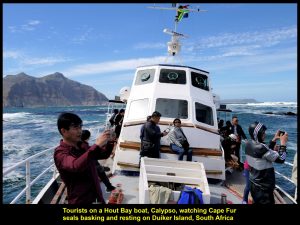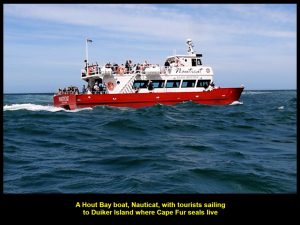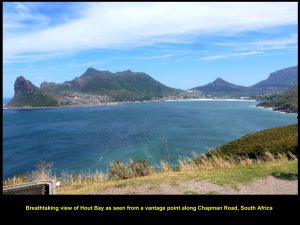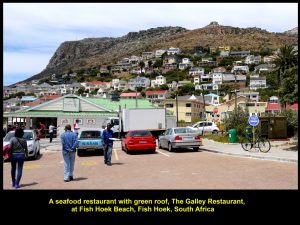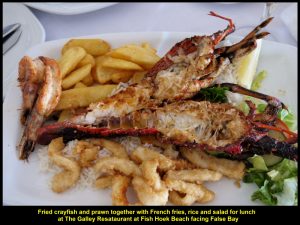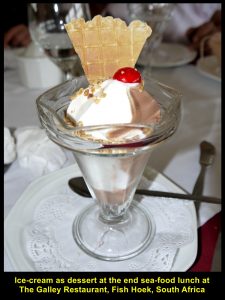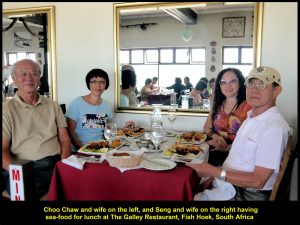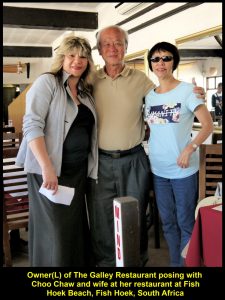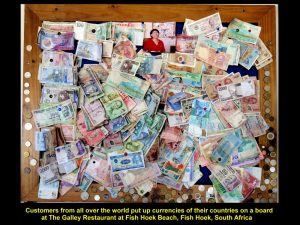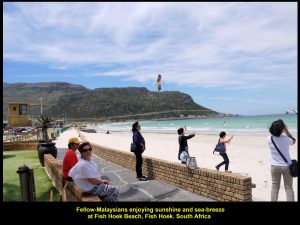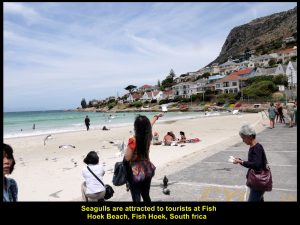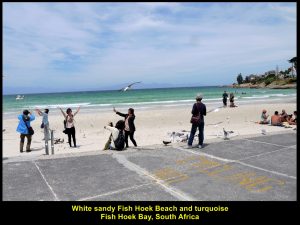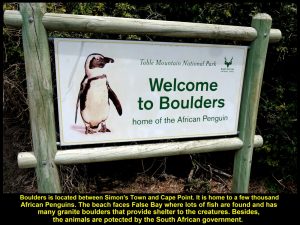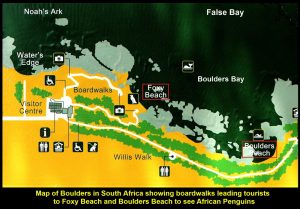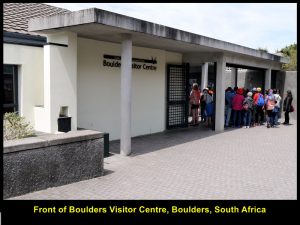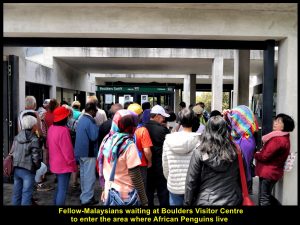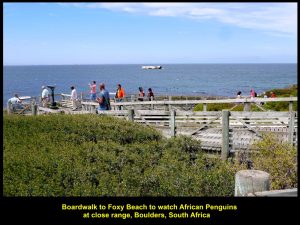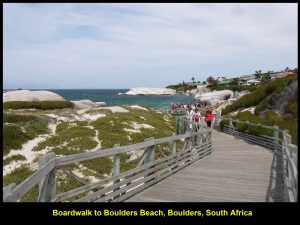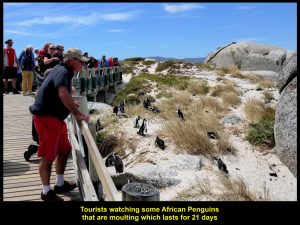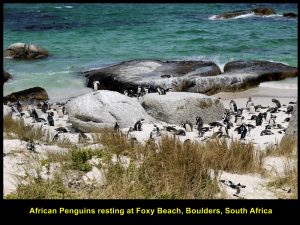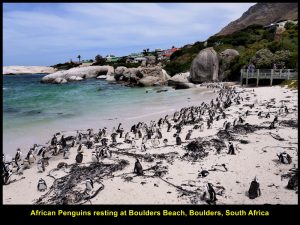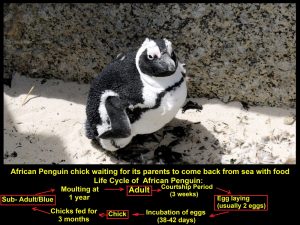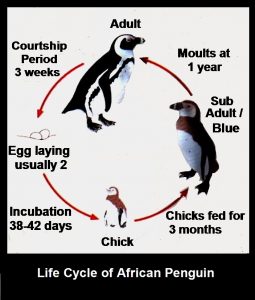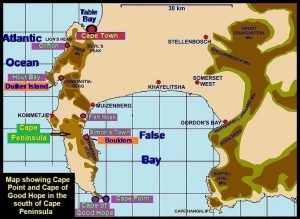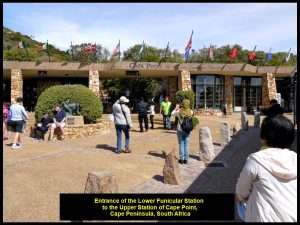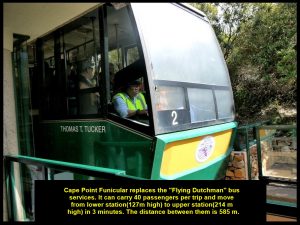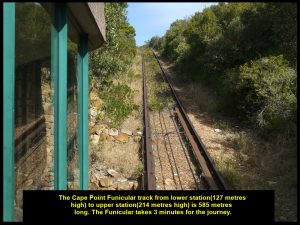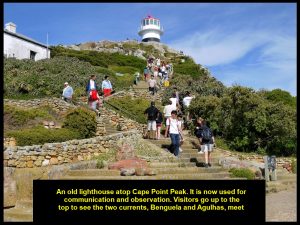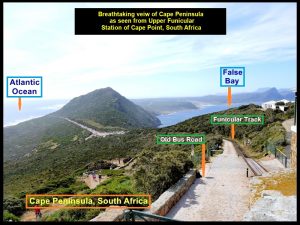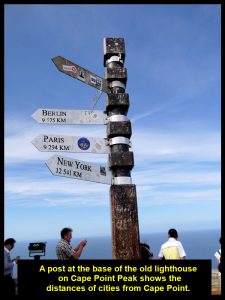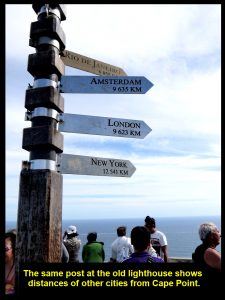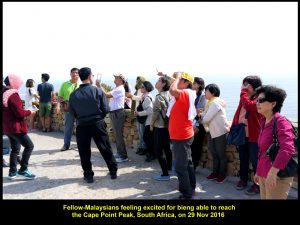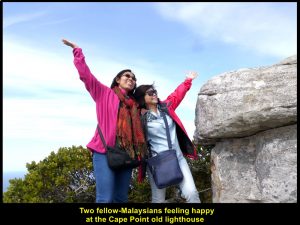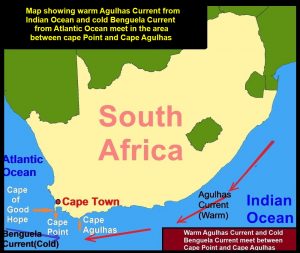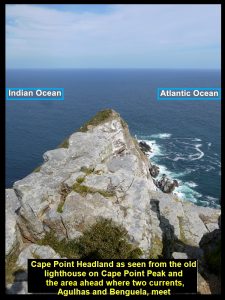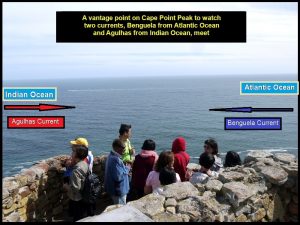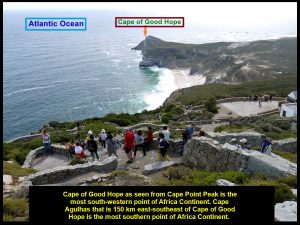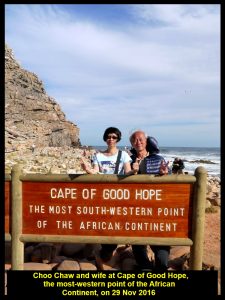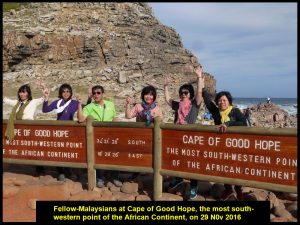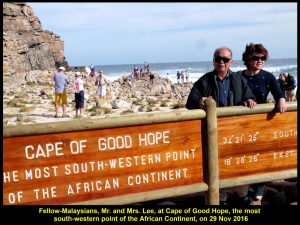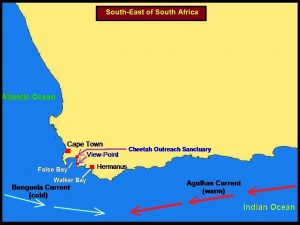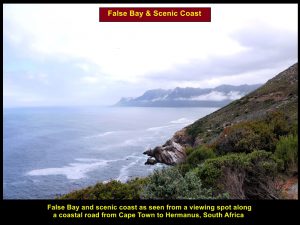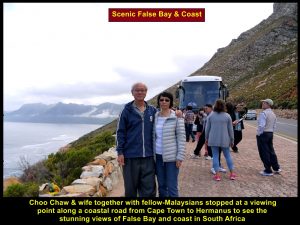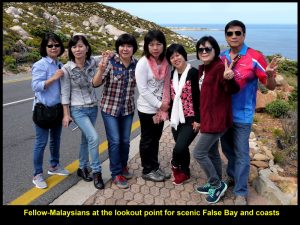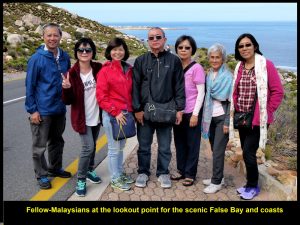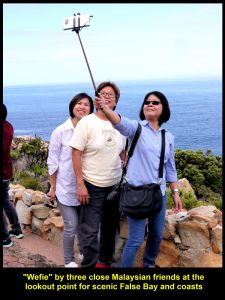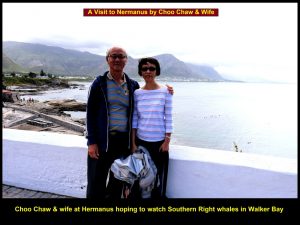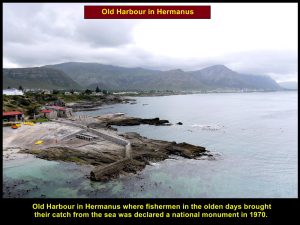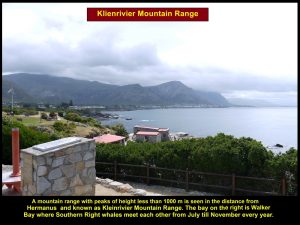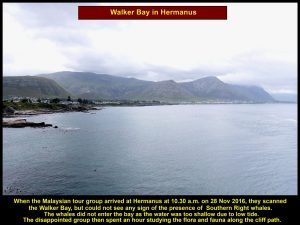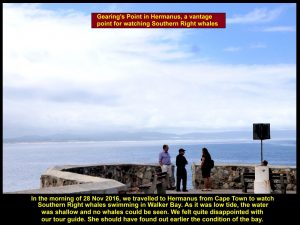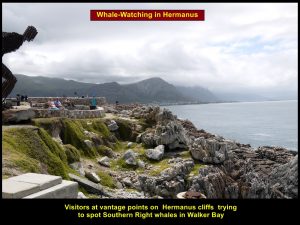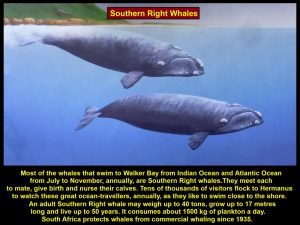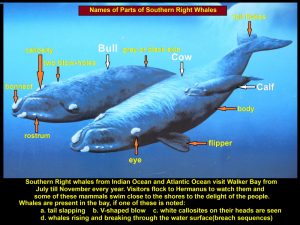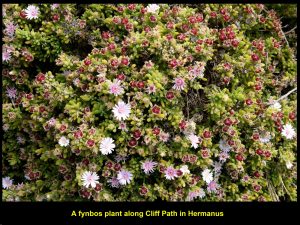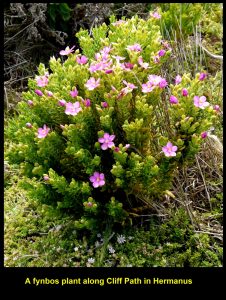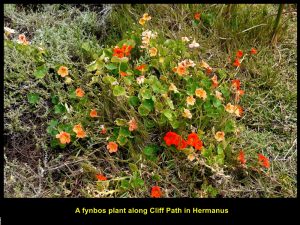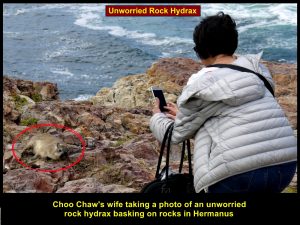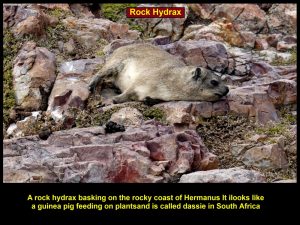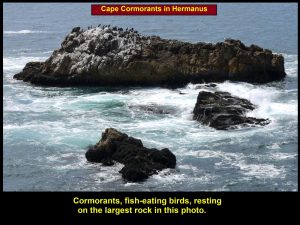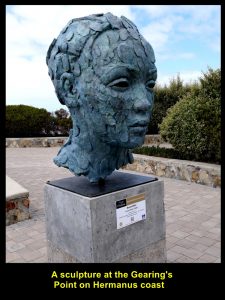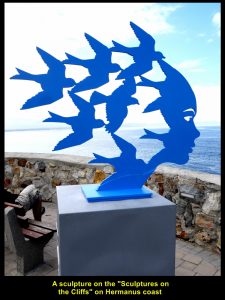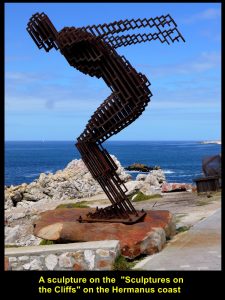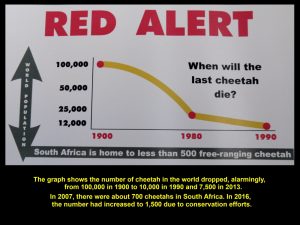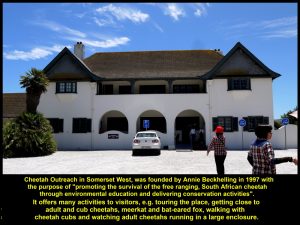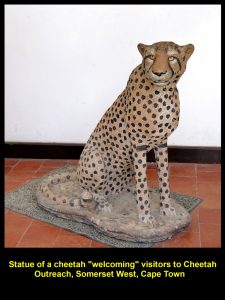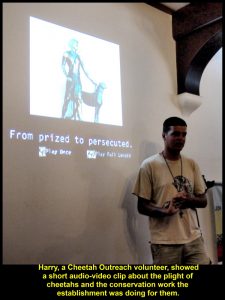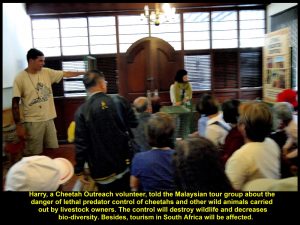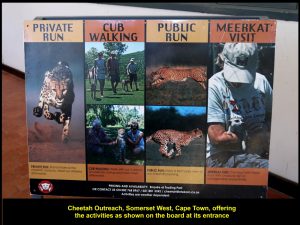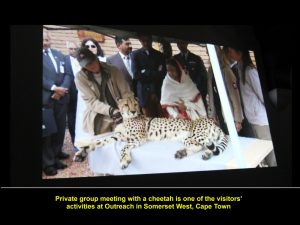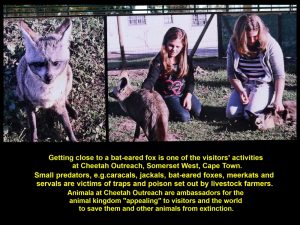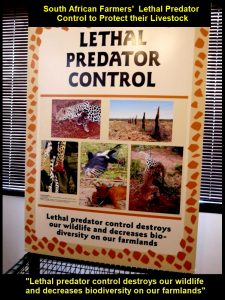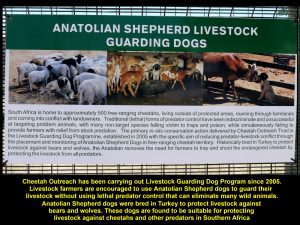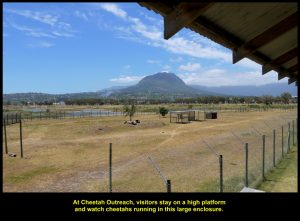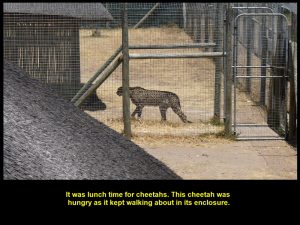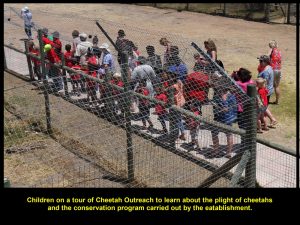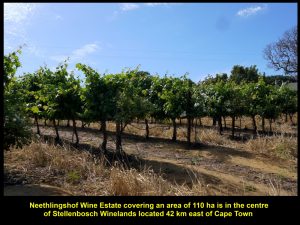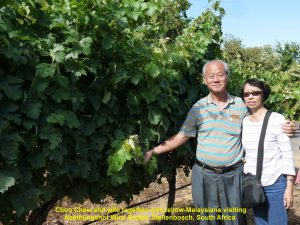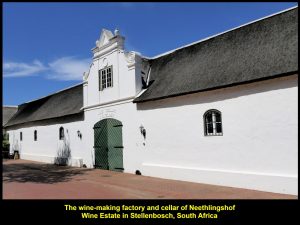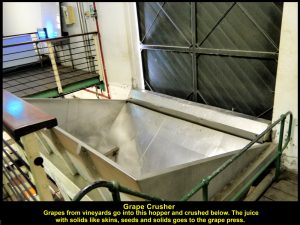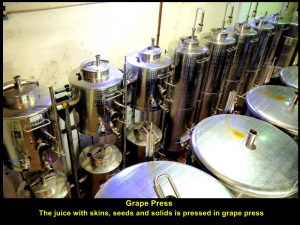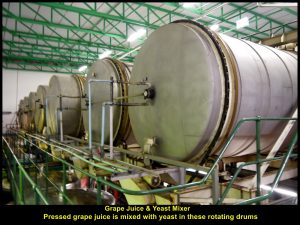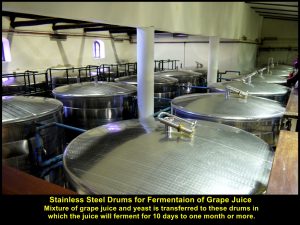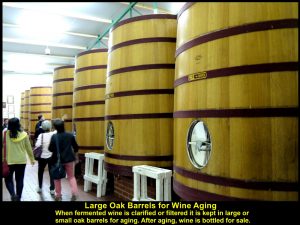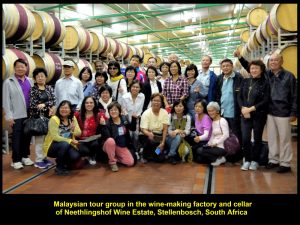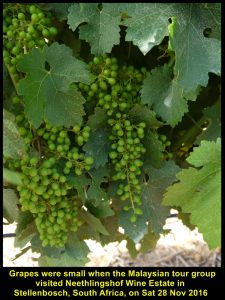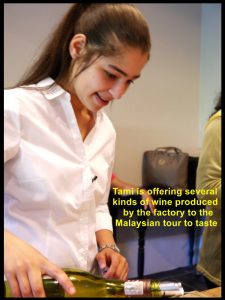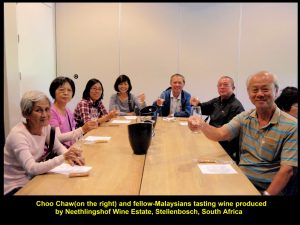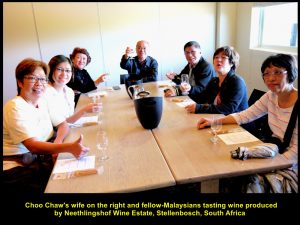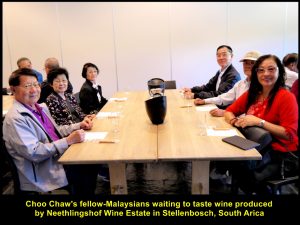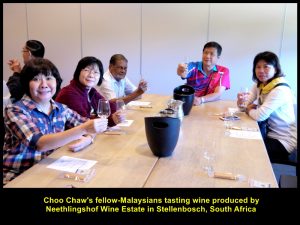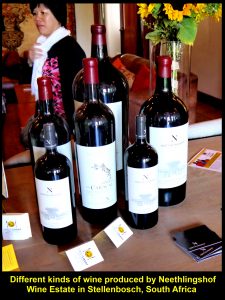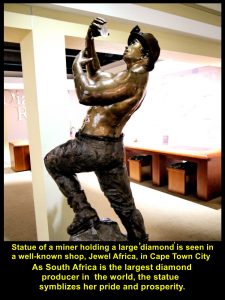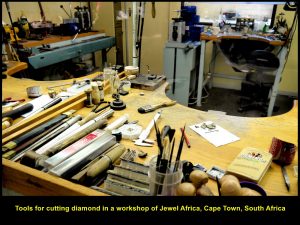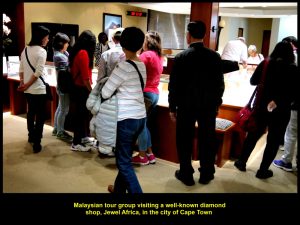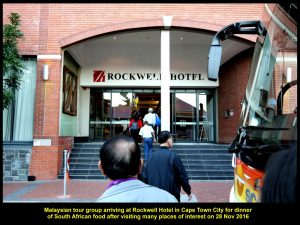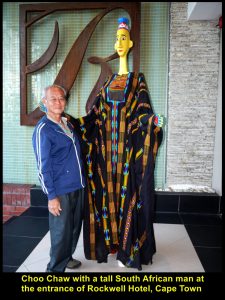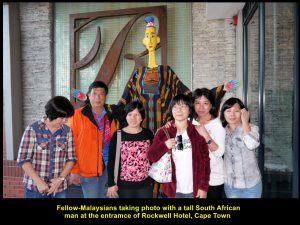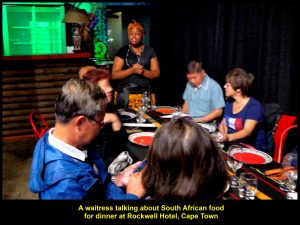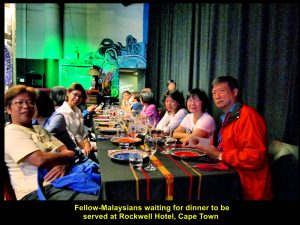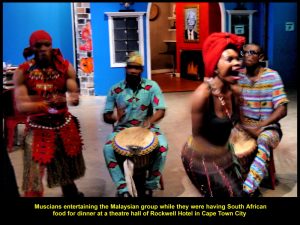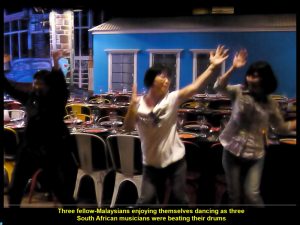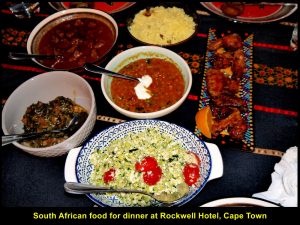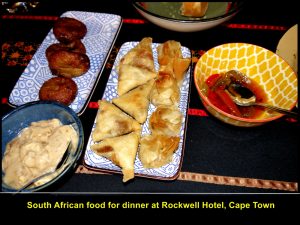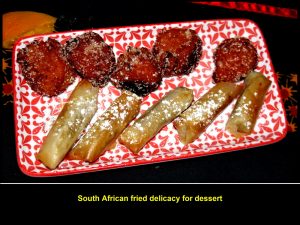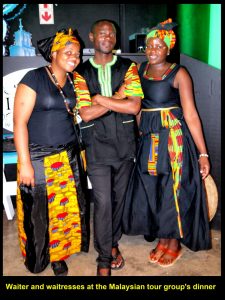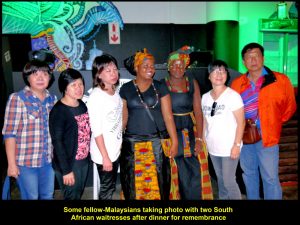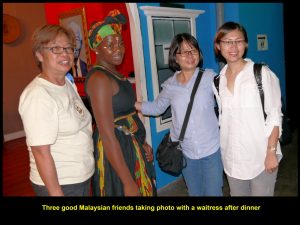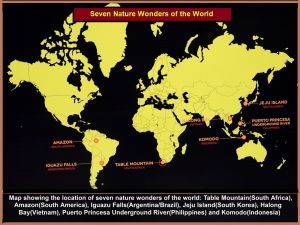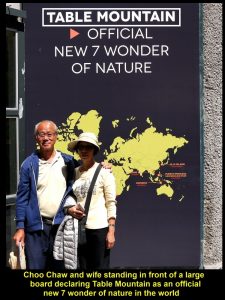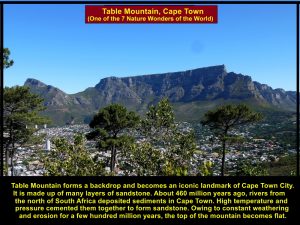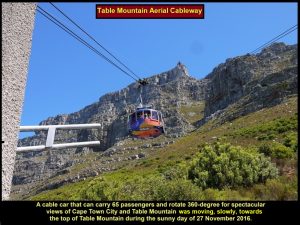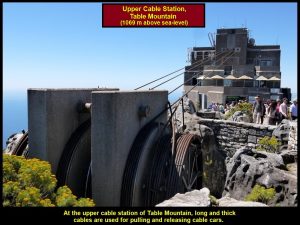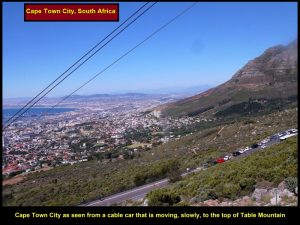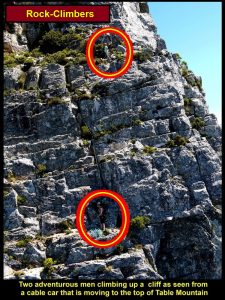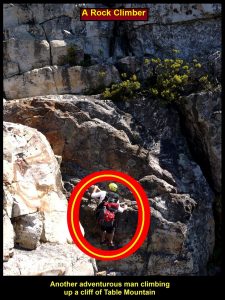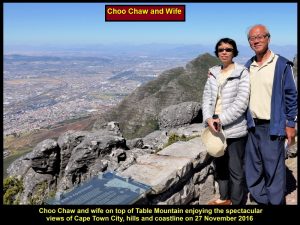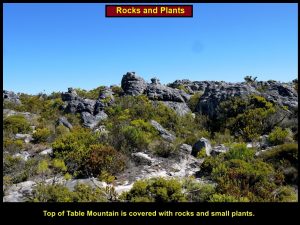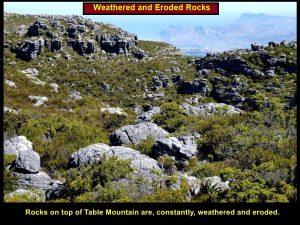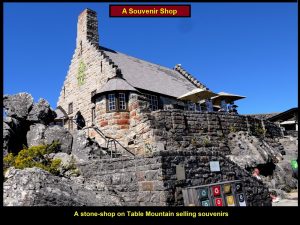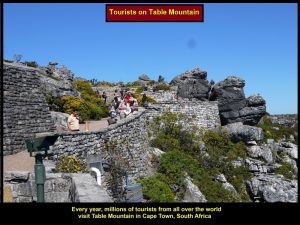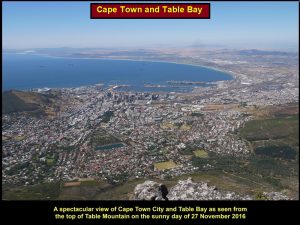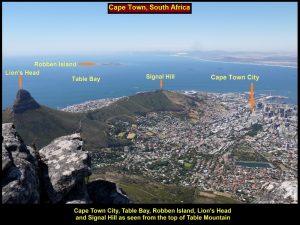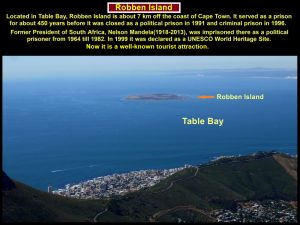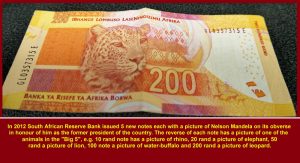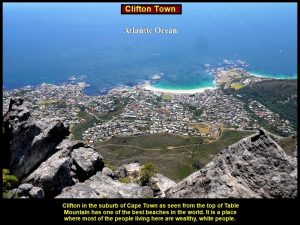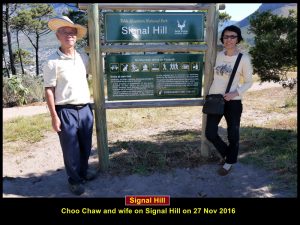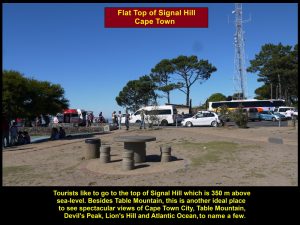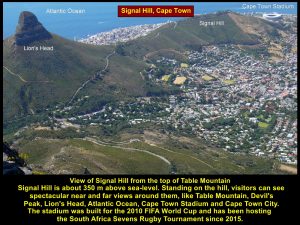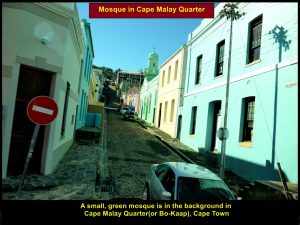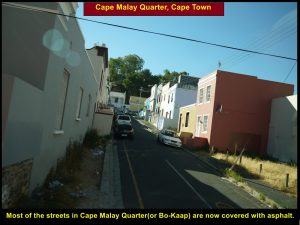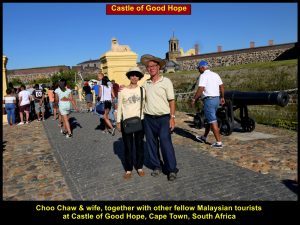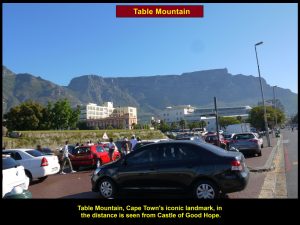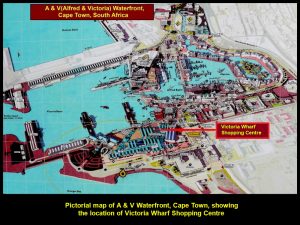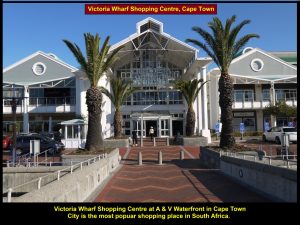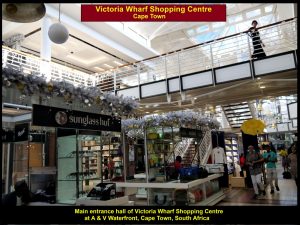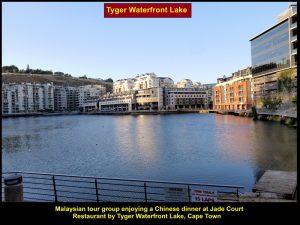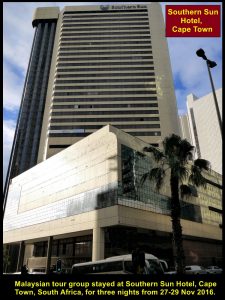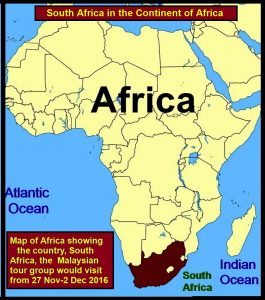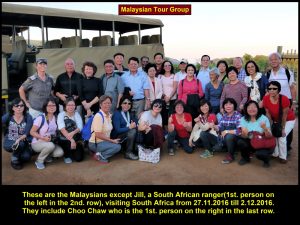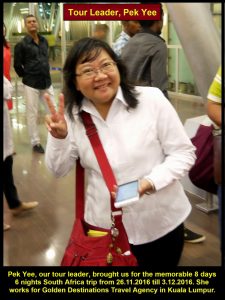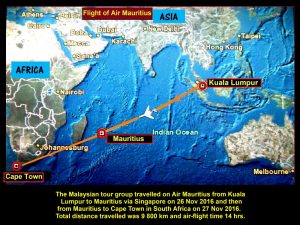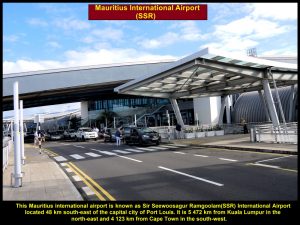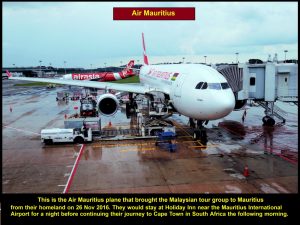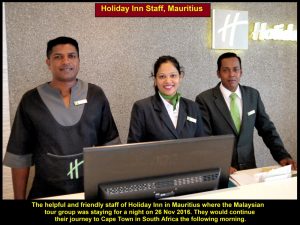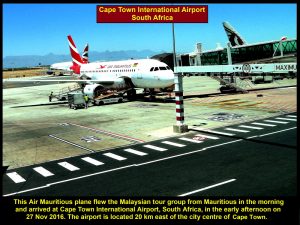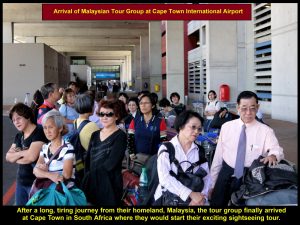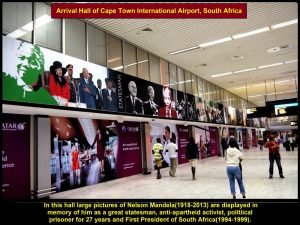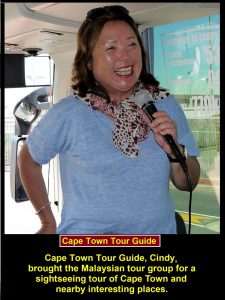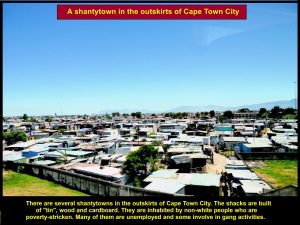South Africa Travel Part IV: Maiden’s Cove, Hout Bay, Duiker Island(Seals), Boulders, Cape Point, Cape of Good Hope
Filed under: Boulders, Cape of Good Hope, Cape Point, Duiker Island(Seals), Hout Bay, South Africa Travel Part IV: Maiden's Cove
South Africa Travel Part IV: Maiden’s Cove, Hout Bay, Duiker Island(Seals), Boulders, Cape Point, Cape of Good Hope
(continue from South Africa Travel Part III)
Day 4 Tuesday, 29 Nov 2016
Today we were going to several places on Cape Peninsula.
Maiden’s Cove
At 8 a.m. we left Southern Sun Hotel in Cape Town City for Hout Bay where we would see Cape Fur seals on a small island, Duiker Island.
On the way, after 30 minutes on the road, we stopped for awhile at a place known as Maiden’s Cove. It was a place where we could see Table Mountain and 12 peaks known as “The 12 Apostles” in the distance. Besides, we could see Clifton, a town where wealthy people lived, and Camp’s Bay Beach that was considered as the best beach in the world. The whole scenery was stunning.
High Unemployment Rate of the Black
Then we continued our journey to Hout Bay. Not long, we saw some young Black people along a busy road. The tour guide told us that they were waiting for motorists to stop by and offer them odd jobs, like plumbing, painting, gardening, plastering, welding, etc.
Unemployment rate among young Black people in South Africa is high, e.g. 53.6 % in 2013. One factor is due to their lower level of education.
Hout Bay, Duiker Island
Soon we reached Hout Bay Town. While walking to Hout Bay Wharf, we saw a row of stalls selling souvenirs with local themes.
Hout Bay, a Picturesque Place
As we were waiting for a boat at Hout Wharf to take us to a small island, Duiker Island, to see seals, we looked around us. We saw the bay, harbour, marina, the landscape around the bay and tourist boats that went and returned from the seal island. It was a quaint and picturesque place.
Calypso
At 9.30 a.m.we boarded a boat that could carry 100 passengers, Calypso, at the wharf and sailed to a small island nearby, Duiker Island in Atlantic Ocean, where a few hundred seals live. As the boat was sailing to the island, we saw the beautiful scenery of Hout Bay and its surroundings, slowly, moving away from us.
“Titanic”
On the boat my wife who stood in front, surprisingly, re-enacted the iconic action of an actress, Kate Winslet, on a ship in a well-known movie, “Titanic” produced in 1997.
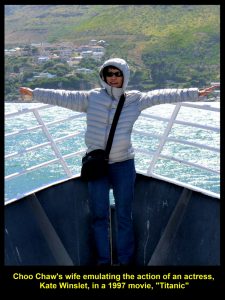
My wife, seemingly, on a ship, “Titanic”, re-enacted the iconic action of Kate Winslet in a 1997 movie, “Titanic”.
Duiker Island of Seals
Twenty minutes later after leaving the wharf, we came to the dirty-looking island, Duiker Island. A few hundreds of Cape Fur seals were seen basking in the sun.
Choppy Atlantic Ocean
As our boat could not go near the island we saw the mammals about 100 metres away. There were a few boats with tourists near the island, too. But all the boats tried to stay between the island and the mainland as the Atlantic Ocean on the other side of the island was choppy.
Having watched the seals for about 20 minutes, we returned to Hout Bay and went to another destination known as Boulders to see African Penguins
Fish Hoek
On the way to Boulders, we stopped at a spot on a high ground, Chapman’ View Point, to have a last look of Hout Bay, a picturesque place. Then we moved on to Fish Hoek to have sea-food for lunch.
The Galley Restaurant
At 12.30 p.m. we arrived at a restaurant, The Galley Restaurant, at Fish Hoek Beach. We had a delicious sea-food of fried crayfish and prawns for lunch and tasty ice-cream at the end of the meal. The staff was friendly and helpful. In fact, the owner of the restaurant went round greeting us and was willing to take a photo with my wife and I.
Board of Foreign Currencies
After lunch, as we went out of the restaurant, we were attracted by a board on a wall near the exit door. It was full of foreign currencies put up by its former customers. Out of curiosity, I looked for the currency of my country, Malaysia, and was surprised to see two Malaysian banknotes of denominations, RM 1 and RM 10, pinned onto the board. It was a testimony that other Malaysians did visit Fish Hoek Beach in South Africa.
Seagulls
Outside the restaurant, we spent a few minutes at the white, sandy beach, Fish Hoek Beach, enjoying the sunshine and sea-breeze, and the scenery, too. At the same time some of our fellow-Malaysians were playing with the active seagulls without fear of receiving a “gift” from them.
Simon’s Town
Boulders was our next destination. We travelled south of Fish Hoek, passed through Simon’s Town and arrived at Boulders.
Simon’s Town had been an important harbour and naval base for more than 200 years.
Haven for African Penguins
Boulders is located along the coast between Simon’s Town and Cape Point. As there are many granite boulders there hence the place is called Boulders. These boulders in water and at beaches provide good shelter to penguins from rough sea and their enemies, like sharks, seals and whales. So Boulders is a haven for African Penguins.
Foxy Beach and Boulders Beach
To see African Penguins at the beaches of Boulders, we had to enter Boulders Visitor Centre with tickets. Then we walked along boardwalks from the centre to two beaches, Foxy Beach and Boulders Beach, where penguins lived.
Moulting Penguins and Chicks
As we were walking to Boulders Beach we saw among the boulders and bushes at the sandy beach some penguins that were moulting and some chicks waiting for their parents to come back from the sea with food.
Penguin Life Cycle
Below is a diagram of the life cycle of an African Penguin:
South of Cape Peninsula
We spent half an hour at Boulders to see the African Penguins. At 2.30 p.m. we left the place and went further south to the end of Cape Peninsula which splits into two promontories. The southeastern promontory is called Cape Point whereas the southwestern one is known as Cape of Good Hope which is the most southwestern point of the continent of Africa.
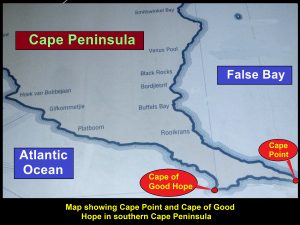
Map showing Cape Peninsula splits into two promontories in the south, Cape Point and Cape of Good Hope
Funicular at Cape Point
At 3.30 p.m. we reached Cape Point first. We stopped at a coach-park and entered the Lower Funicular Station(127 m high). Then we took the Funicular, a train, to the Upper Funicular Station(214 m high). On arrival at the station, we walked up a few flights of steps to an old lighthouse on top of Cape Point Peak.
Funicular Track
The Funicular track is 585 metres long and the train that is pulled by a strong cable takes 3 minutes to reach the upper station. It replaced the buses in 1995.
Old Lighthouse of Cape Point
The old lighthouse was built in 1860 but decommissioned in 1919 when the most powerful one in South Africa was built nearby. The old one was then used for observation and communication.
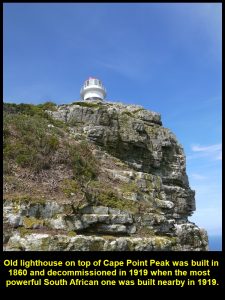
Old lighthouse was built in 1860 and decommissioned in 1919. It is now used for observation and communication.
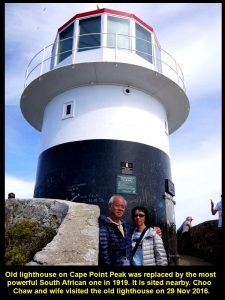
Choo Chaw and wife visited the old lighthouse which was replaced by a more powerful one nearby in 1919.
Spectacular, Panoramic View
From the lighthouse we could see a spectacular panoramic view of Cape Peninsula, Atlantic Ocean, Cape of Good Hope, Indian Ocean and False Bay. Besides, there was a post at its base that showed distances of foreign cities from it.
Wonderful Feeling at Cape Point Old Lighthouse
All my fellow-Malaysians, my wife and I were having a wonderful feeling at the Cape Point old lighthouse. We were 9600 km away from our home and enjoying the sights and sounds of the two oceans which were next to each other, and the spectacular view of Cape Peninsula.
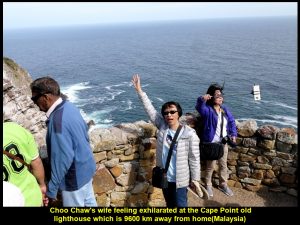
Choo Chaw’s wife feeling exhilarated at the Cape Point old lighthouse that is 9600 km from home(Malaysia)
Meeting of Two Currents
Right in front of Cape Point in the south, two currents meet each other. They are the cold Benguela Current from Atlantic Ocean that flows eastwards and the warm Agulhas Current from Indian Ocean that flows westwards. It seems that the actual place where they meet is between Cape Point and Cape Agulhas.
Cape of Good Hope
After spending a short time at Cape Point we went to Cape of Good Hope which was a few kilometres away. It is located at the most south-western point of the continent of Africa and faces Atlantic Ocean.
Cape Agulhas which is 150 km south-east of Cape of Good Hope is considered to be the most southern point of the African continent.
The Most South-Western Point of African Continent
When we reached Cape of Good Hope we saw a low, rocky headland with little grass on the coast of Atlantic Ocean. Owing to weathering and erosion, layers of sandstone were exposed. We made a beeline to a large, long and red signboard that declared that Cape of Good Hope was the most south-western point of the continent of Africa.
There were other tourists visiting the well-known place. Nobody left the place without taking a photo with the prominent signboard.
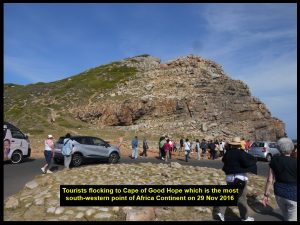
Tourists making a beeline to the most south-western point of the continent of Africa, Cape of Good Hope
At 6 p.m. we left Cape of Good Hope leaving behind our foot-prints. We travelled back to Cape Town City where we had dinner at a Chinese restaurant known as Royo Kloof Asian Restaurant. Everyone was happy to have a dish of large abalone for dinner.
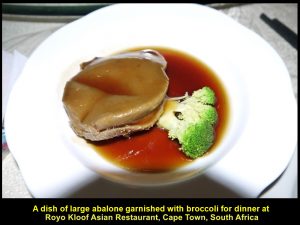
A dish of large abalone garnished with broccoli at Royo Kloof Asian Restaurant, Cape Town
Then we returned to our hotel, Southern Sun Hotel, to stay for the last night in the city. On the following day, we would fly north-east o Johannesburg from Cape Town, a distance of 1262 km between them, to visit more places of interest in the north of South Africa.
(continue in South Africa Travel Part V)
Written by Choo Chaw
South Africa Travel Part I: Air Flight from KLIA to Cape Town, Cape Town Shantytowns
South Africa Travel Part II: Table Mountain, Malay Quarter, Castle of Good Hope. A & V Waterfront
South Africa Travel Part III: Hermanus, Cheetah Outreach, Stellenbosch, Jewel Africa
South Africa Travel Part IV: Maiden’s Cove, Hout Bay, Duiker Island(Seals), Boulders, Cape Point, Cape of Good Hope
South Africa Travel Part V: Cape Town to Johannesburg, Pilanesberg National Park(Game Drive)
South Africa Travel Part VI: Sun City, Union Buildings, Vootrekker Monument
South Africa Travel Part VII Kruger Museum, Church Square, Melrose Museum, Carnivore Restaurant
South Africa Travel Final Part Gold Reef City: Gold Mine Museum
South Africa Travel Part III: Hermanus, Cheetah Outreach, Stellenbosch, Jewel Africa
South Africa Travel Part III: Hermanus, Cheetah Outreach, Stellenbosch, Jewel Africa
(continue from South Africa Part II)
Day 3 Monday, 28 November 2016
Journey from Cape Town to Hermanus(115 km)
Scenic False Bay
In the morning, we left Cape Town City for Hermanus that is 115 km south-east of the city. After travelling half-way, we stopped for a short while at a spot off the coastal road where we could see the scenic False Bay, headlands and the rocky coasts. The view was stunning and we took some photos of the scenery and ourselves, too.
Hermanus
Then we continued our journey to Hermanus. At 10.30 a.m. we arrived at the town of Hermanus. It was a fishing town in the olden days and its old harbour was declared as a national monument in 1970.
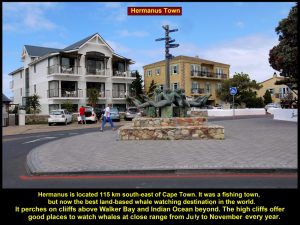
Hermanus Town was a fishing town. Now it is the best land-based whale watching destination in the world.
Walker Bay
Located in the distance is a mountainous range known as Klienrivier Mountain Range with peaks of height less than 1000 m. Walker Bay is Southern Right whales’ favourite place to meet each other from July to November. In the water they spend their time playing, mating, giving birth and nursing their calves.
Southern Right Whale
An adult Southern Right whale weighs about 40 tons and consume 1500 kg of food a day. Their food consists mostly of plankton where they forage in Indian Ocean and Atlantic Ocean. They can live up to 50 years and grow to a length of 17 m. These mammals are protected from commercial whaling by the South African government since 1935.
Gearing’s Point
On arrival at Hermanus town, we walked to a place on a cliff, Gearing’s Point, to look out for Southern Right whales in a bay called Walker Bay.
Disappointment
After spending several minutes looking out for the whales, we realized that no whales would go to the bay at that moment due to low tide. Out trip there to watch whales was wasted. We felt quite disappointed with our tour-guide because she did not find out the condition of the bay earlier.
Flora and Fauna
Anyway, we spent the rest of our time walking along a path on the cliffs studying the flora and fauna. The area is covered with fynbos vegetation consisting of diverse, small plants that produce colourful flowers, like erica and protea plants. Below are some of the plants found along the cliff-path.
Rock Hydraxes
Along the path we saw a few guinea-like mammals known as rock hydraxes basking on rocks. Some visitors felt excited and took photos of the animals. They were resting on the rocks oblivious of the presence of human beings.
Cormorants
We heard some birds chirping among the plants and saw several cormorants basking on a rock in Walker Bay several hundred metres away from the shore.
“Sculptures on the Cliffs”
Sculptures created by South African artists could be seen at a place known as “Sculpture on the Cliffs” at Gearing’s Point. Here are some sculptures I photographed at the place:
War Memorial Monument
Before we left Hermanus we came across a war memorial monument erected on a cliff in memory of those local soldiers who were killed in World War I(1914-1918) and World War II(1939-1945).
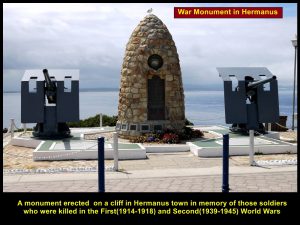
A monument erected in Hermanus Town in memory of the fallen soldiers in WWI(1914-1918) and WWII(1939-1945)
Having spent an hour exploring Hermanus Town and feeling disappointed for not being able to watch any whales swimming in Walker Bay, we left for another place known as Cheetah Outreach.
Cheetah Outreach
Located about 70 km north-west of Hermanus, Cheetah Outreach provides “an education and community-based programme created to raise awareness of the plight of the cheetah and to campaign for its survival”. It is in a region known as Somerset West.
Red Alert
The world population of cheetahs was 100,000 in 1900 and then plummeted to 10,000 in 1990. It dropped further to 7,500 in 2013. Soon these animals will disappear from earth if no drastic conservation efforts are taken.
In South Africa, the number of cheetahs was 700 in 2007. But in 2016, it increased to 1,500 due to serious conservation efforts.
Annie Beckhelling
Cheetah Outreach was founded by Annie Beckhelling in 1997 with the purpose of “promoting the survival of the free ranging South African cheetah through environmental education and delivering conservation activities”.
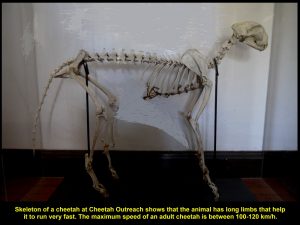
A cheetah skeleton shows that the animal has four long limbs that help it to run faster than other kinds of animals
Harry, Cheetah Outreach Volunteer
On arrival at Cheetah Outreach, we were greeted by a volunteer Harry. He ushered us into a room and shown us a short audio-video clip about cheetahs, their plight, conservation programs to save and increase their population, etc.
Cheetah Outreach Activities
Cheetah Outreach offers many activities, such as guided tour of the place, getting close to cheetahs, meerkat and bat-eared fox, and watching cheetahs run in a large enclosed, open field, to name a few.
Animal Kingdom Ambassadors
After the show, Harry brought us round outside to see some animals, such as dogs, bat-eared fox and cheetahs. He told us that those animals were “ambassadors” for animal kingdom “appealing” to visitors and the whole world to save their kinds and other animals from extinction.
Lethal Predator Control
Livestock farmers in Southern Africa used lethal predator control against cheetahs to protect their livestock(cattle and goats). Examples of the control were using traps and poison. This lethal control had diminished the number of cheetahs, greatly. Besides, many victims of this control, like bat-eared foxes, caracals, meerkats, and other wild animals were killed.
Livestock Guarding Dog Program
In 2005 Cheetah Outreach carried out a program called “Livestock Guarding Dog Program”. They bred Anatolian Shepherd dogs and gave them away to the farmers to guard their livestock against the predators. As the dogs are good protectors of livestock, farmers continue to use them. Consequently, more wild cheetahs and other animals were saved.
Cheetah Run
The last place Harry brought us to was a large enclosure, a large fenced-up field, where cheetahs would run for visitors on a high platform to watch. As it was animals’ feeding time while we were there, all animals’ activities were stopped.
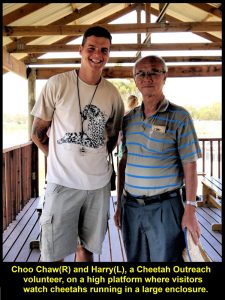
Choo Chaw and Harry on a high platform where visitors can watch cheetahs running in a large enclosed field
Thanking Harry
Finally, we thanked Harry for the Cheetah Outreach tour. It has made us realize that the existence of wild animals is under constant threat by poaching, deforestation, lethal predator control and other unfavourable factors. Thanks to Cheetah Outreach for making the public aware of the plight of wild animals.
Neethlingshof Wine Estate
Our next destination was a grape-growing area known as Neethlingshof Wine Estate. It is in a large grape-growing region, Stellenbosch, which is about 15 km north of Cheetah Outreach and 42 km east of Cape Town.
Stellenbosch
Stellenbosch is a well-known grape-growing region in South Africa as its climatic and soil conditions are suitable for grape-growing. Grapes have been grown in the region since 1690. Now more than 200 grape-growers and wine-makers are found there. They produce one trillion litres of wine, annually.
Winery
When we arrived at Neethlingshof Wine Estate we headed straight to its winery. It has been producing wine since 1788. At the winery, a young, pretty lady, Tami, greeted us and conducted a tour of the winery for us.
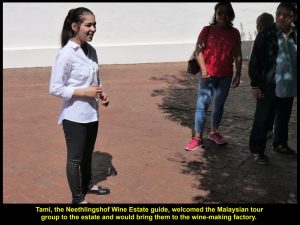
Tami greeted the Malaysian tour group and would talk about wine-making inside the factory or winery.
Tami, the Winery Guide
We went into a building where wine-making machines were kept. Tami told us the processes of wine-making, namely harvesting, crushing, pressing, fermentation, clarification(filtration), aging and bottling.
Wine-Aging
In the cellar there were large and small oak-drums for wine-aging. The purpose of aging is to create flavours and textures of the wines. Each large drum has a volume of about 5,000 litres and small one 30 litres.
Young Grapes
As the grapes in the vineyards were young and growing the wine-making was stopped. Those grapes would ripen three months later.
Wine-Tasting
After the tour Tami offered us five kinds of wine to taste and we enjoyed drinking them.
A few fellow-Malaysians bought some bottles of wine before we left Neethlingshof Wine Estate.
Jewel Africa, Diamond Shop
The next place we went to was a diamond and tanzanite shop, Jewel Africa, in the city of Cape Town. South Africa is the largest producer of diamond in the world. The largest diamond weighing 605 grams in the world was found in South Africa. It was found in a mine near Pretoria in 1905. They called it “The Cullinan”, named after the Chairman of the mine, Thomas Cullinan.
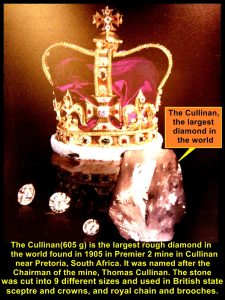
The largest diamond, The Cullinan, weighed 605 grams and used in British crowns and spectre, and royal members’ jewellery.
Cullinan I-IX
It was then cut into 9 pieces calling them Cullinan I to IX. The heaviest one is Cullinan I that weighed 106 grams and the lightest, Cullinan IX is 0.9 gram. They were used for the British crowns and spectre, and royal members’ brooches, ring and chain, too.
Expensive Jewellery
Jewel Africa had quite a variety of jewellery studded with diamond and tanzanite. As they were quite expensive, nobody bought any. So we left the place to the disappointment of the staff and went to a hotel for dinner, Rockwell Hotel.
Yellow Man
On arrival at the hotel, we were greeted by a tall, yellow man at the entrance. Some of us were fascinated by him and took photo with him.
Exotic South African Food
Then we were ushered into a small theatre-hall where we had exotic South African food for dinner. It consisted of many kinds of dishes that we could not finish.
South African Dance
In the midst of the meal, we were entertained by musicians and dancers. Three of our friends let their hair down as they danced with them, happily.
Here are some of the South African dishes we had for the dinner.
Photo Session
After dinner, some of us took photos with the waiters and waitresses for remembrance.
Back to Hotel
Finally, we went back to our hotel, Southern Sun Hotel, which was nearby.
It was another busy but unforgettable day as we had visited a few interesting places, namely Hermanus, Cheetah Outreach, Neethlingshof Wine Estate and Jewel Africa.
The following day would be another busy one visiting a few significant spots on the Cape Peninsula that is south of Cape Town City.
(continue in South Africa Part IV)
Written by Choo Chaw
South Africa Travel Part I: Air Flight from KLIA to Cape Town, Cape Town Shantytowns
South Africa Travel Part II: Table Mountain, Malay Quarter, Castle of Good Hope. A & V Waterfront
South Africa Travel Part III: Hermanus, Cheetah Outreach, Stellenbosch, Jewel Africa
South Africa Travel Part IV: Duiker Island of Seals, Cape Point, Boulders
South Africa Travel Part V: Cape Town to Johannesburg, Pilanesberg National Park(Game Drives)
South Africa Travel Part VI: Sun City, Union Buildings, Vootrekker Monument
South Africa Travel Part VII Kruger Museum, Church Square, Melrose Museum, Carnivore Restaurant
South Africa Travel Final Part Gold Reef City: Gold Mine Museum
South Africa Travel Part II: Table Mountain, Malay Quarter, Castle of Good Hope, A & V Waterfront
South Africa Travel Part II: Table Mountain, Malay Quarter, Castle of Good Hope, A & V Waterfront
(continue from South Africa Travel Part I)
Day 2 Sunday, 27 November 2016
Table Mountain, Cape Town
Table Mountain is one of the seven Nature Wonders of the world. Its top is flat with a height above 1000 metres above sea-level. It is made up of many layers of sandstone.
Formation of Table Mountain
About 460 million years ago, rivers flowing from the north of South Africa deposited many layers of sediments in the south, continuously, forming a high land. Those sediments under constant high temperature and pressure fused together to form sandstone. Owing to constant weathering and erosion, the high land is reduced to a flat-topped mountain which is now known as Table Mountain.
Cableway
To go to the top of Table Mountain, visitors have to use Cableway of 1200 metres in length. At the Lower Cable Station(363 metres high), we boarded a cable-car that could carry 65 passengers and rotate 360 degreex for spectacular views of Table Mountain, Cape Town City and the surroundings.
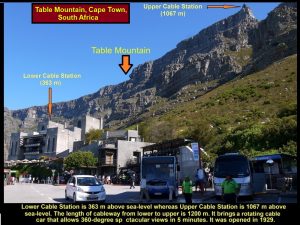
Lower Cable Station(363 m) is connected to the Upper Cable Station(1069 m) by a 1200 m long-cableway
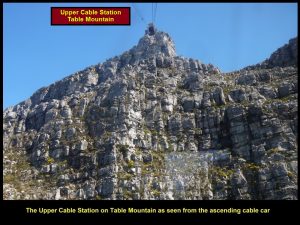
Table Mountain Upper Cable Station that is 1 069 m above sea-level is seen from the ascending cable-car
Rock Climbers
On the way up to the Upper Cable-Station, we saw some adventurous people climbing up the rocks to the top of the mountain.
Spectacular Sights of Cape Town Landscapes
The cable-car took five minutes to reach the upper station(1069 metres high). When we reached the top we got off the cable-car and were awe-stricken by the spectacular sights of the Cape Town landscapes.
Souvenir Shop
The top of Table Mountain had sparse vegetation growing among weathered and eroded sandstone rocks. A souvenir shop built of sandstone was sited in the middle of the top.
Tourists
On top of the mountain, many tourists were seen enjoying the sunshine, fresh air and breathtaking views of Cape Town City.
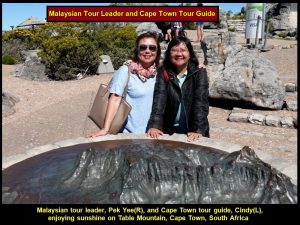
Malaysian tour group leader, Pek Yee(R), and Cape Town tour guide, Cindy(L), enjoying sunshine and fresh air on Table Mountain
On top of the mountain, we, too, enjoyed the awesome sights of the city, Table Bay, Atlantic Ocean, Lion’s Head, Signal Hill and Devil’s Peak.
Robben Island
There is a significant but small island in Table Bay located about 7 km off the coast of Cape Town City. Known as Robben Island, it served as a prison for about 460 years before it was closed down as a political prison in 1991 and criminal prison in 1996.
Nelson Mandela(1918-2013)
The former President of South Africa, Nelson Mandela(1918-2013), was imprisoned in Robben Island as a political prisoner for 18 years(1964-1982).
In 1999 it was declared as a UNESCO Heritage site. Since then it is a popular tourist attraction.
South African Bank Notes
In 2012 South African Reserve Bank printed the fifth issue of five new bank notes in denominations of 10. 20, 50, 100 and 200 rand. On the obverse of each note there is a picture of Nelson Mandela in memory of him as the former President of South Africa who abolished the infamous apartheid law in 1994. It had segregated the White from the non-White for more than a 100 years.
On the reverse of each note there is a picture of an animal, e.g. a picture of rhino in 10 rand note, elephant in 20 rand, lion in 50, water-buffalo in 100 and leopard in 200. These five animals are in “Big 5” that are associated with the animals in the South African National Parks.
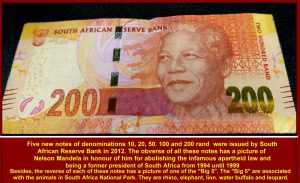
All the 5th. issue of the South African bank notes have a picture of Nelson Mandela, the former President of South Africa
Clifton
Looking down one side of Table Mountain, I saw a small beach-town known as Clifton. It has one of the best beaches in the world. Most of the people who live there are wealthy White people.
Signal Hill
At 4 p.m.(South Africa time), we left Table Mountain by Cableway and went to a nearby hill of height 363 m known as Signal Hill. It is another ideal place to see the whole of Cape Town City, Lion’s Head, Table Mountain, Devil’s Peak and Table Bay.
Cape Town Stadium
Besides, we saw a large stadium, Cape Town Stadium, which is near the city waterfront. It was built for the 2010 FIFA World Cup and has hosted South Africa Sevens Rugby Tournament since 2015. Local people want it to be demolished as they consider it to be a “white elephant”.
Near the stadium is the A & V(Alfred & Victoria) Waterfront that is a tourist popular place. It has more than 450 outlets for shopping drinking and dinning.
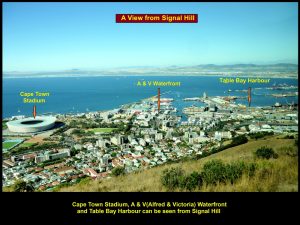
Cape Town Stadium, A & V(Alfred & Victoria) Waterfront and Table Bay Harbour can be seen from Signal Hill
Cape Malay Quarter(Bo-Kaap)
After spending 20 minutes on Signal Hill, we went down to a place known as Cape Malay Quarter or Bo-Kaap. The streets in this place are cobble-stoned and houses are brightly-coloured. They are inhabited mostly by Muslims who are descendants of the Muslim slaves brought in by Dutch East India from Malaysia, Indonesia, Ceylon and India during the Dutch colonial rule in the East. The present dwellers do not speak the languages their ancestors used. They speak Afrikaans and English, too. But they still follow their ancestors’ Malay culture.
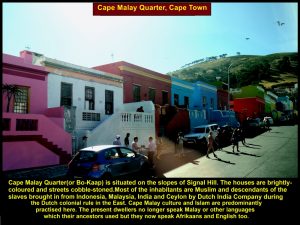
Houses are brightly coloured, streets are cobble-stoned and inhabitants are mostly Malays who believe in Islam in this area, Cape Malay Quarter.
Castle of Good Hope
Then we went to see a fortress, Castle of Good Hope, in the city. It was built by Dutch East India Company between 1666 and 1678 when there was tension between Netherlands and England. Originally, it was built on a Cape Town coast. As the land was reclaimed later, it was relocated inland where it can be seen now.
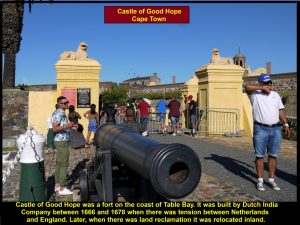
Castle of Good Hope, a fortress built by Dutch East India Company between 1666 and 1678 to prevent attack from England
Stunning Table Mountain
When we arrived at the fortress, a concert was to be held soon inside the fortress. So we spent a few minutes outside the fortress looking at it, instead. From the fortress we could see the stunning Table Mountain in the distance.
A & V Waterfront
Then we went to the waterfront of Cape Town where tens of millions of tourists flock there to shop, eat and drink, every year. This place is known as A & V(Alfred & Victoria) Waterfront that has over 460 outlets.
Victoria Wharf Shopping Centre
On arrival at the place we visited a large shopping mall, Victoria Wharf Shopping Centre, and spent an hour browsing the outlets.
Jade Court Restaurant
Later, we went to a Chinese restaurant, Jade Court Restaurant, to have dinner. It was our first meal in South Africa since we arrived there. The restaurant was several kilometres away from the Cape Town City. It was in a large building known as Imperial Terraces sited by a small lake, Tyger Waterfront Lake.
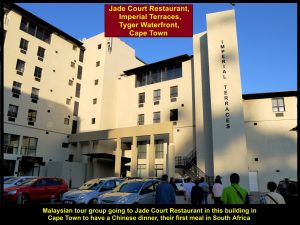
Imperial Terraces housed a Chinese restaurant, Jade Court Restaurant, that Malaysian tour group had dinner, their first meal in South Africa
Southern Sun Hotel, Cape Town
After the delicious dinner, we went back to the city and checked in at a hotel, Southern Sun Hotel. We stayed at the hotel for three nights as we had many places to visit in other nearby places.
(continue reading in South Africa Travel III)
Written by Choo Chaw
South Africa Travel Part I: Air Flight from KLIA to Cape Town, Cape Town Shantytowns
South Africa Travel Part II: Table Mountain, Malay Quarter, Castle of Good Hope. A & V Waterfront
South Africa Travel Part III: Hermanus, Cheetah Outreach, Stellenbosch, Jewel Africa
South Africa Travel Part IV: Duiker Island of Seals, Cape Point, Boulders
South Africa Travel Part V: Cape Town to Johannesburg, Pilanesberg National Park(Game Drives)
South Africa Travel Part VI: Sun City, Union Buildings, Vootrekker Monument
South Africa Travel Part VII Kruger Museum, Church Square, Melrose Museum, Carnivore Restaurant
South Africa Travel Final Part Gold Reef City: Gold Mine Museum
South Africa Travel Part I: KLIA to Cape Town Airport
South Africa Travel Part I: KLIA to Cape Town Airport
About South Africa
South Africa is in the southern part of the continent of Africa. She is a nation of 55 million people comprising 80.2% Black, 8.8% Coloured, 8.4% White and 2.5% Asians(2014) according to Wikipedia. The people are of diverse origins, races, cultures, languages and religions.
South Africa is now a well-known tourist country that attracts tens of millions of visitors from all over the world every year, as it has many interesting places.
Day 1 Saturday, 26 Nov 2016
Air Flight from Malaysia to Mauritius
Malaysian Tour Group
On Saturday, 26 Nov 2016 my wife and I joined a Malaysian tour group of 26 to go to South Africa for a tour of some of the places there. The trip was known as “8D6N South Africa Tour”.
Golden Destinations Tour Leader, Pek Yee
The group was headed by a Malaysian tour leader of Golden Destinations Company in Kuala Lumpur, Pek Yee.
At 1.35 p.m.(Malaysian time) we boarded an Air Mauritius plane at Kuala Lumpur International Airport(KLIA) in Sepang and flew off to Mauritius in Indian Ocean via Singapore.
Mauritius International Airport
After travelling a long distance of 5 800 km in 9 hours including the stopover time in Singapore, we arrived at the Mauritius international airport which is known as Sir Seewoosagur Ramgoolam(SSR) International Airport. [SSR(1900-1985) was the first Chief Minister and Prime Minister of Mauritius.]
Holiday Inn, Mauritius
We stayed at Holiday Inn which is near the airport for a night before we would fly off again to Cape Town the following morning. The hotel staff were helpful and friendly.
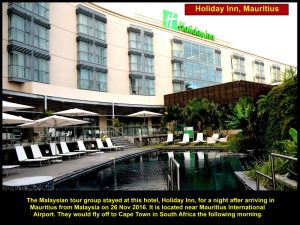
Malaysian Tour Group stayed here for a night in Mauritius before continuing their to South Africa in the morning
Day 2 Sunday, 27 Nov 2016
Air Flight from Mauritius to Cape Town
The following early morning we left the hotel for the airport. At 8.45 a.m.(Mauritius time) we flew off again to continue our journey to South Africa.
Our plane, Air Mauritius, took 6 hours to fly from Mauritius to Cape Town International Airport in South Africa. The distance between them is 4 100 km.
Cape Town International Airport
On arrival at the Cape Town International Airport, everybody was feeling tired but was ready for the exciting tour in South Africa.
Pictures of Nelson Mandela
As we were waiting for our Cape Town tour guide, Cindy, in the arrival hall, we noticed a row of several large pictures of the first President of South Africa, Nelson Mandela(1918-2013), on a long wall. They were displayed there in memory of him as a great statesman, anti-apartheid activist, political prisoner for 27 years and the first President of South Africa(1994-1999).
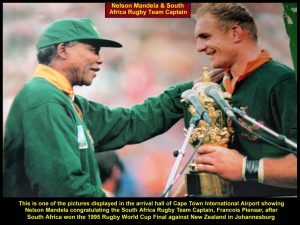
A picture of Nelson Mandela congratulating the S. Africa rugby team captain for winning the 1995 Rugby World Cup Final
Cape Town Tour Guide, Cindy
Soon the tour guide, Cindy, came and brought all of us to Cape Town’s well-known iconic landmark, Table Mountain.
Shantytowns
As we were travelling by coach from the airport to the city we saw some shantytowns. These places are inhabited by Black who are poverty-stricken and mostly unemployed. Some are involved in gang activities. As they are very poor, their houses are small and made of “tin”, wood and cardboard.
Apartheid Rule(1948-1994)
During the South Africa apartheid rule from 1948 till 1994, non-White living in White areas in the cities were forced to move out to the outskirts where they settled in shantytowns.
Houses for the Black
In 1994 when the first black President of South Africa, Nelson Mandela(1918-2013) was elected the apartheid law was abolished. The new government started to build new houses for the Black. Millions of Black people have benefited from the housing program. But those who are poor and unemployed have to continue living in these areas that have no basic amenities.
Soon we reached Table Mountain which forms the backdrop of the city of Cape Town. Besides, it is an iconic landmark of the city that beckons millions of tourist from all over the world to visit it, annually.
(continue reading in South Africa Part II)
Written by Choo Chaw
South Africa Travel Part I: Air Flight from KLIA to Cape Town, Cape Town Shantytowns
South Africa Travel Part II: Table Mountain, Malay Quarter, Castle of Good Hope. A & V Waterfront
South Africa Travel Part III: Hermanus, Cheetah Outreach, Stellenbosch, Jewel Africa
South Africa Travel Part IV: Duiker Island of Seals, Cape Point, Boulders
South Africa Travel Part V: Cape Town to Johannesburg, Pilanesberg National Park(Game Drives)
South Africa Travel Part VI: Sun City, Union Buildings, Vootrekker Monument
South Africa Travel Part VII: Kruger Museum, Church Square, Melrose Museum, Carnivore Restaurant
South Africa Travel Final Part: Gold Reef City: Gold Mine Museum

